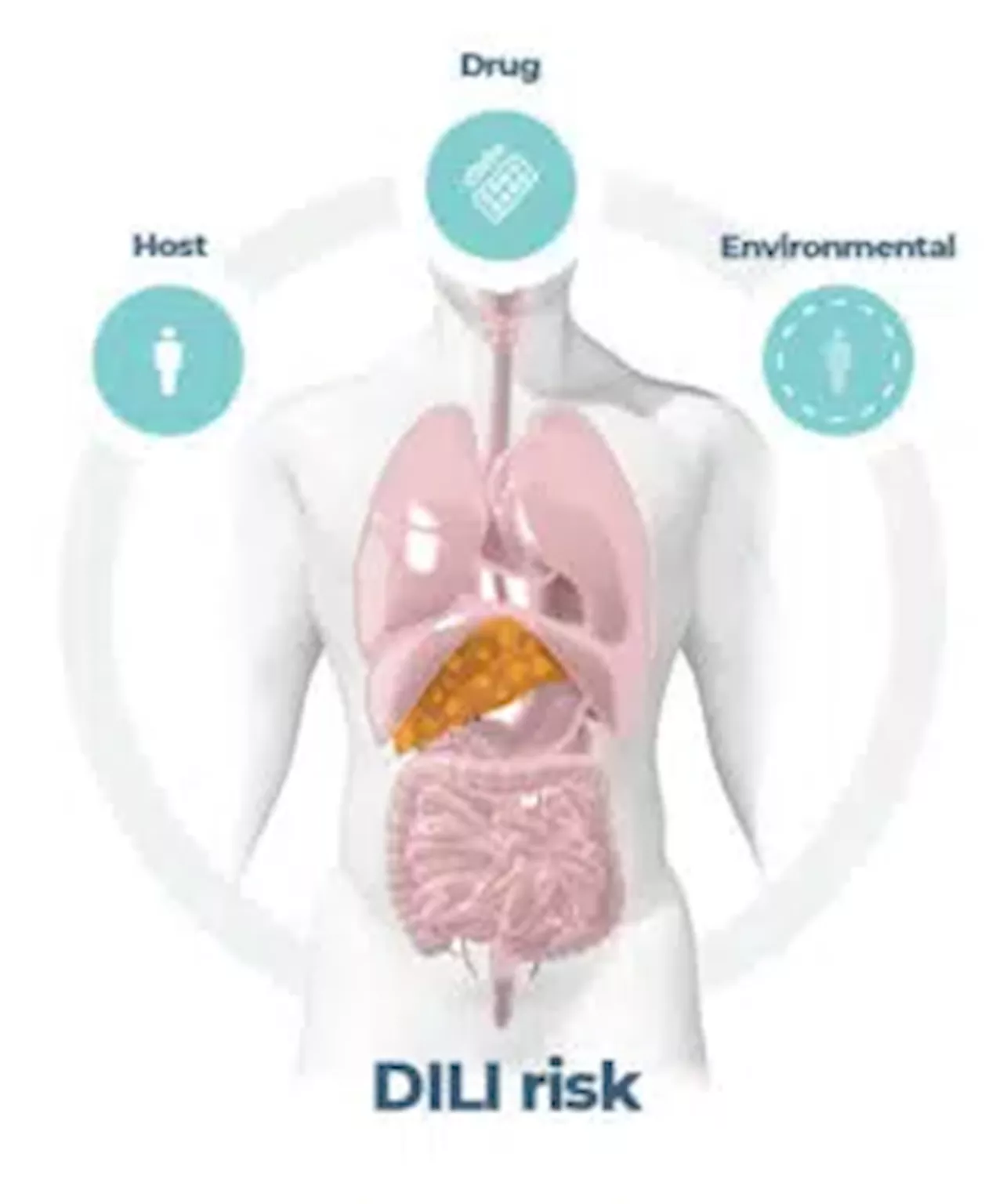This article talks about how Organ-on-a-chip (OOC) could be used to develop safer drugs and reduce drug-induced liver injury (DILI).
Sponsored Content by CN-BioReviewed by Aimee MolineuxAug 1 2024 The liver is accountable for metabolizing most medications and is therefore one of the primary tissues affected by adverse drug reactions. Most classes of medicine can cause drug-induced liver injury .
However, there are numerous obstacles to overcome to de-risk this process efficiently. This includes: 2D batch screens generally identify approximately one-third of drugs that have adverse effects on the liver. However, a collaborative study between AstraZeneca and InSphero, employing 3D primary human hepatocyte and non-parenchymal cell spheroids, improved upon this by detecting up to 60 % of DILI-positive compounds.4
Other tissues and organs can modulate how hepatocytes metabolize drugs. For example, the kinetics of drug absorption by the gut can influence metabolite-driven toxicity within the liver. Similarly, the presence of disease pathophysiology, such as Metabolic dysfunction associated liver disease , can also affect how the liver reacts to a drug, with the potential to exacerbate injury from smaller doses.
Figure 2. Liver-on-a-chip models recreate the liver microarchitecture and can recapitulate the phenotype of metabolic diseases such as NASH. Image Credit: CN Bio Innovations Limited Answering more questions with multiple endpoints Although basic 3D liver models successfully identify the presence or absence of a liver toxicity signal earlier than ever before in drug discovery, they are complemented by more complex perfused OOCs—which provide further detail.
This high content capability enables researchers to extend past the simple identification of acute or chronic liver toxicity, or the translation of results gained in vitro into a clinical setting. It enables the exploration of the mechanism behind the cause. 5 Gaining toxicology insights beyond small molecules Conventional toxicology research has focused on small-molecule compounds. However, novel human-specific modalities have moved to the forefront of discovery and development.
Range of approaches OOC allows in-depth toxicological insights that were not previously possible. Keen regulatory interest and political pressure to reduce animal usage in drug discovery, and an established consensus about OOC’s effectiveness, are driving its adoption. If OOC is embedded in drug discovery to uncover safety toxicology issues earlier, there will undoubtedly be reduced risk and increased efficiency.
OOC Liver Injury Drug Development
United Kingdom Latest News, United Kingdom Headlines
Similar News:You can also read news stories similar to this one that we have collected from other news sources.
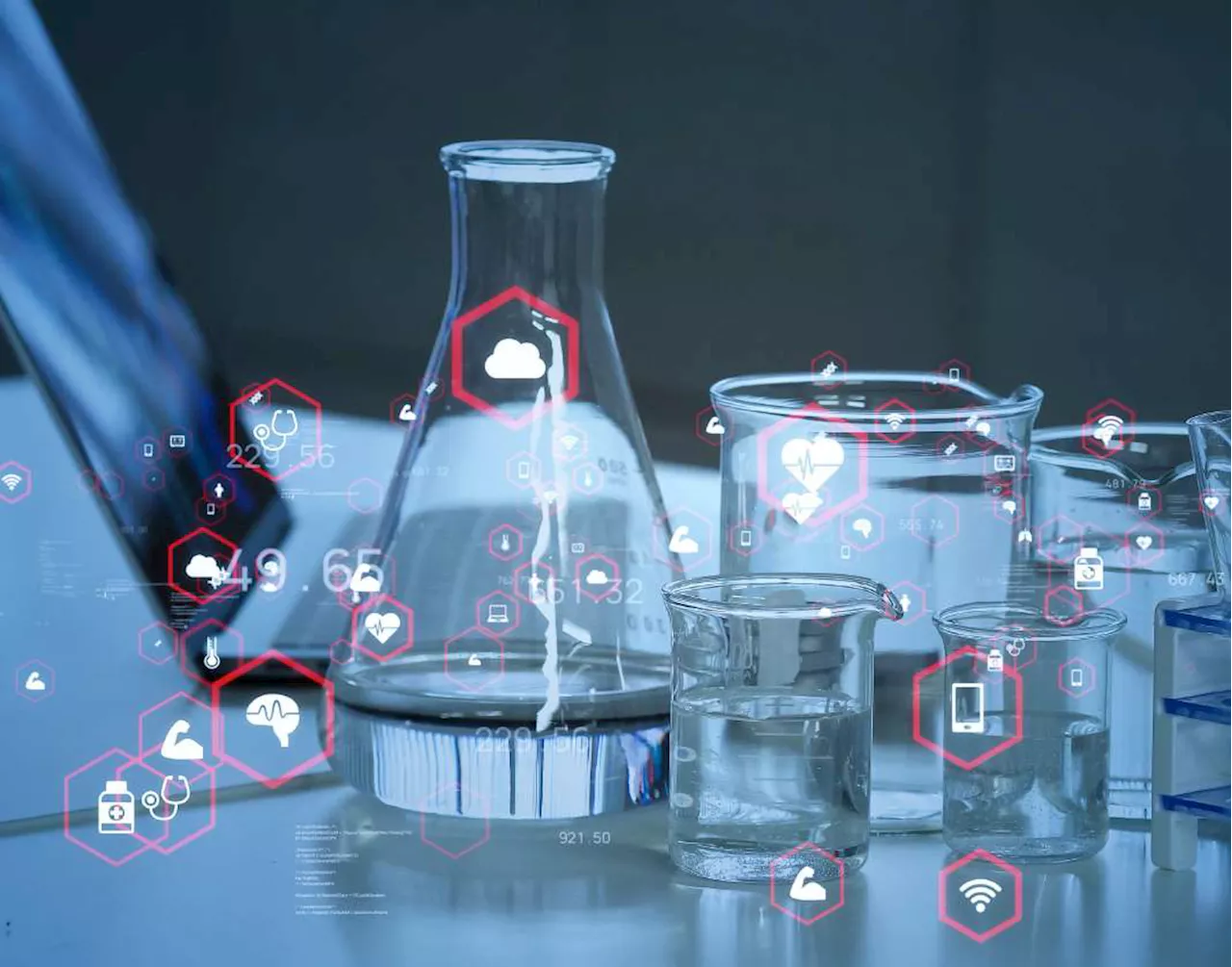 Making drug discovery more efficient by using human organ modelsHuman Organ Models can be used for informed decision-making in drug discovery, enhancing its efficiency.
Making drug discovery more efficient by using human organ modelsHuman Organ Models can be used for informed decision-making in drug discovery, enhancing its efficiency.
Read more »
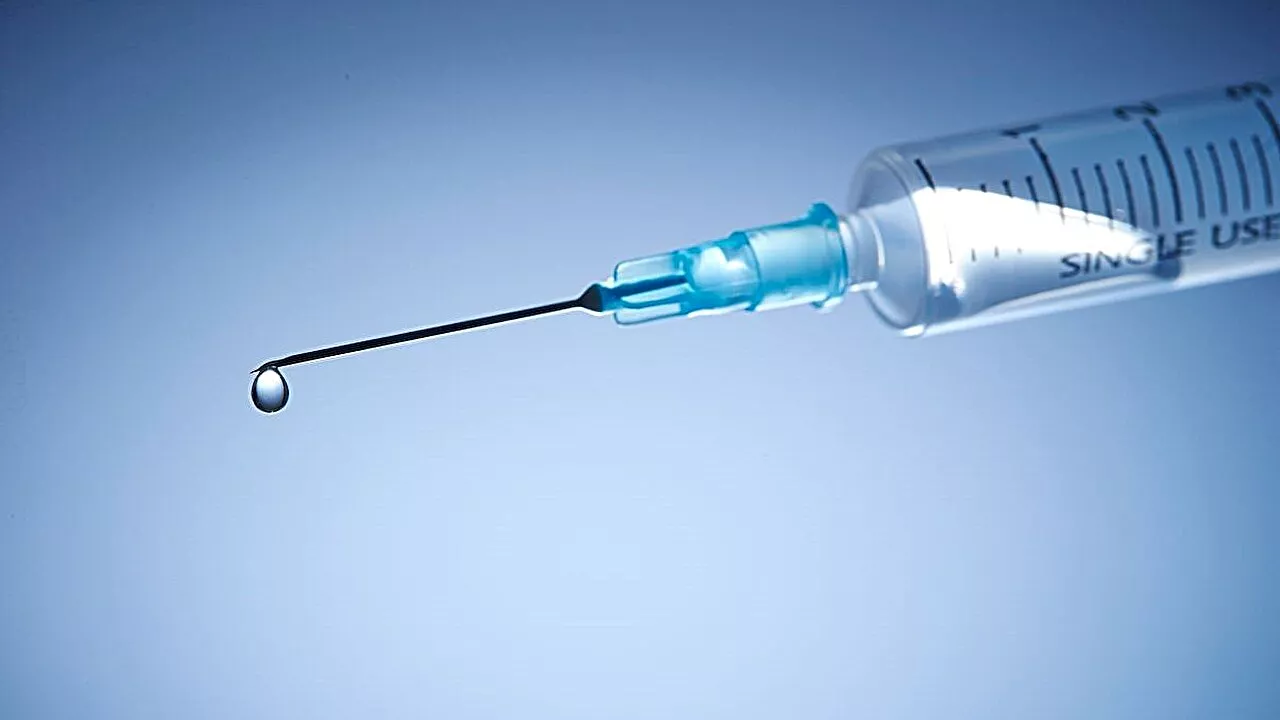 Report: 12.7 percent of adults using fentanyl or heroin also report using xylazineA considerable proportion of adults reporting illegally manufactured fentanyl (IMF) or heroin use also use xylazine, according to research published in the July 4 issue of the U.S. Centers for Disease Control and Prevention Morbidity and Mortality Weekly Report.
Report: 12.7 percent of adults using fentanyl or heroin also report using xylazineA considerable proportion of adults reporting illegally manufactured fentanyl (IMF) or heroin use also use xylazine, according to research published in the July 4 issue of the U.S. Centers for Disease Control and Prevention Morbidity and Mortality Weekly Report.
Read more »
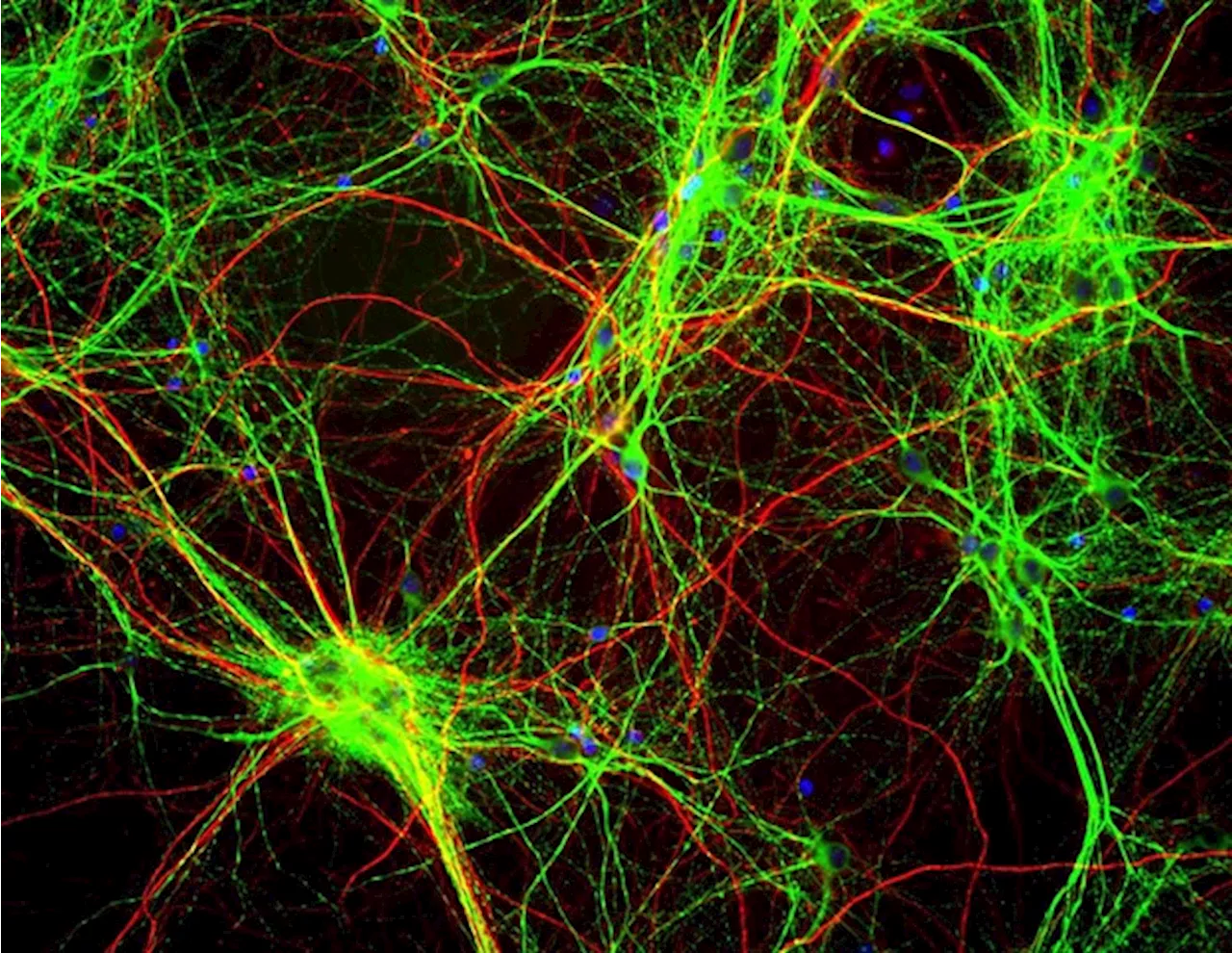 Animal model sheds light on the role understudied brain organ in repairing stroke damageUniversity of Cincinnati researchers have pioneered an animal model that sheds light on the role an understudied organ in the brain has in repairing damage caused by stroke.
Animal model sheds light on the role understudied brain organ in repairing stroke damageUniversity of Cincinnati researchers have pioneered an animal model that sheds light on the role an understudied organ in the brain has in repairing damage caused by stroke.
Read more »
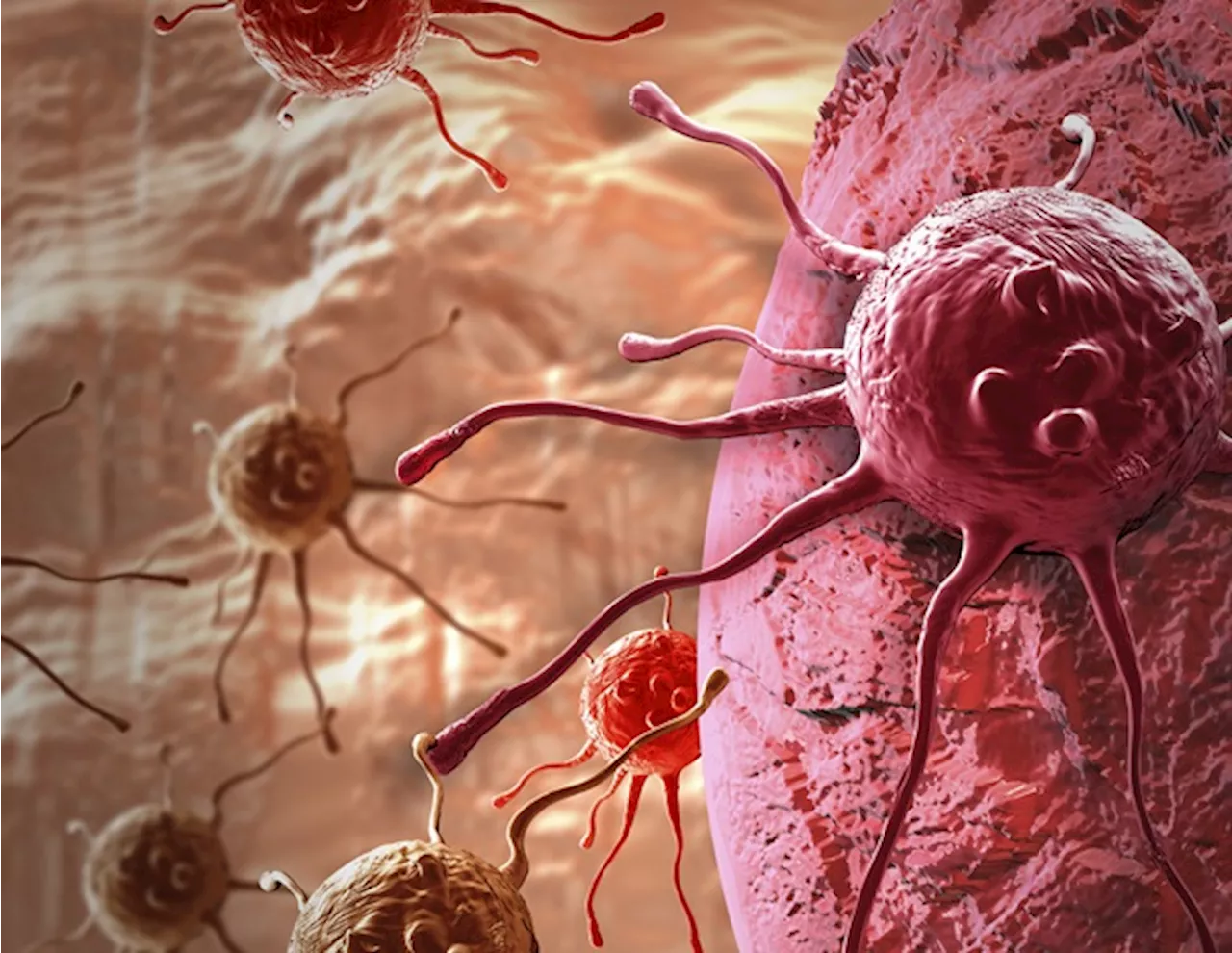 Repurposing cancer drug to prevent organ damage in infectious diseasesTwelve years ago, cancer researchers at University of California San Diego identified a molecule that helps cancer cells survive by shuttling damaging inflammatory cells into tumor tissue.
Repurposing cancer drug to prevent organ damage in infectious diseasesTwelve years ago, cancer researchers at University of California San Diego identified a molecule that helps cancer cells survive by shuttling damaging inflammatory cells into tumor tissue.
Read more »
 Students to perform concert in aid of church organ restoration fundA charity concert featuring the internationally and nationally recognised bands of Haberdashers' Abraham Darby will take place on Saturday, July 6, in aid of All Saints Parish Church Wellington Organ Restoration Fund.
Students to perform concert in aid of church organ restoration fundA charity concert featuring the internationally and nationally recognised bands of Haberdashers' Abraham Darby will take place on Saturday, July 6, in aid of All Saints Parish Church Wellington Organ Restoration Fund.
Read more »
 Arsenal legend Kevin Campbell died from organ failure in hospital as concerns raised over his care,...Arsenal and Everton legend Kevin Campbell has died- emotional tributes pour in for the 54-year-old who enjoyed two decades playing professional football
Arsenal legend Kevin Campbell died from organ failure in hospital as concerns raised over his care,...Arsenal and Everton legend Kevin Campbell has died- emotional tributes pour in for the 54-year-old who enjoyed two decades playing professional football
Read more »
